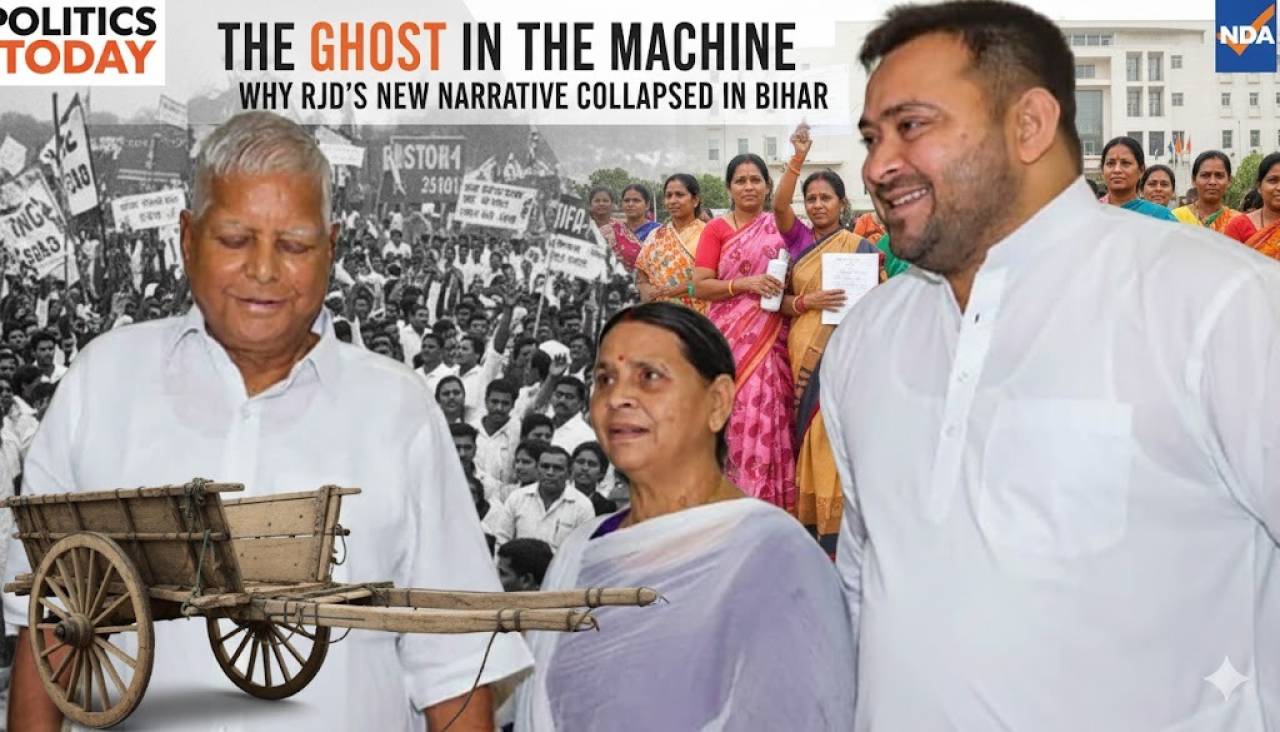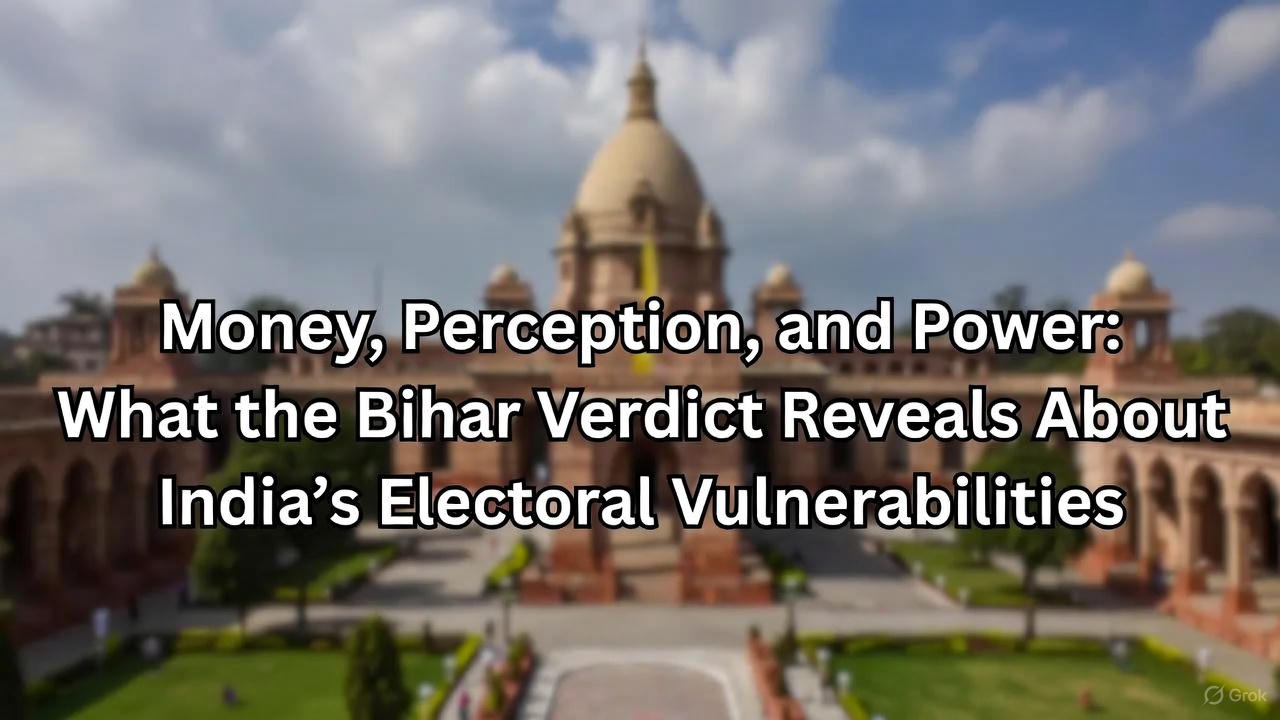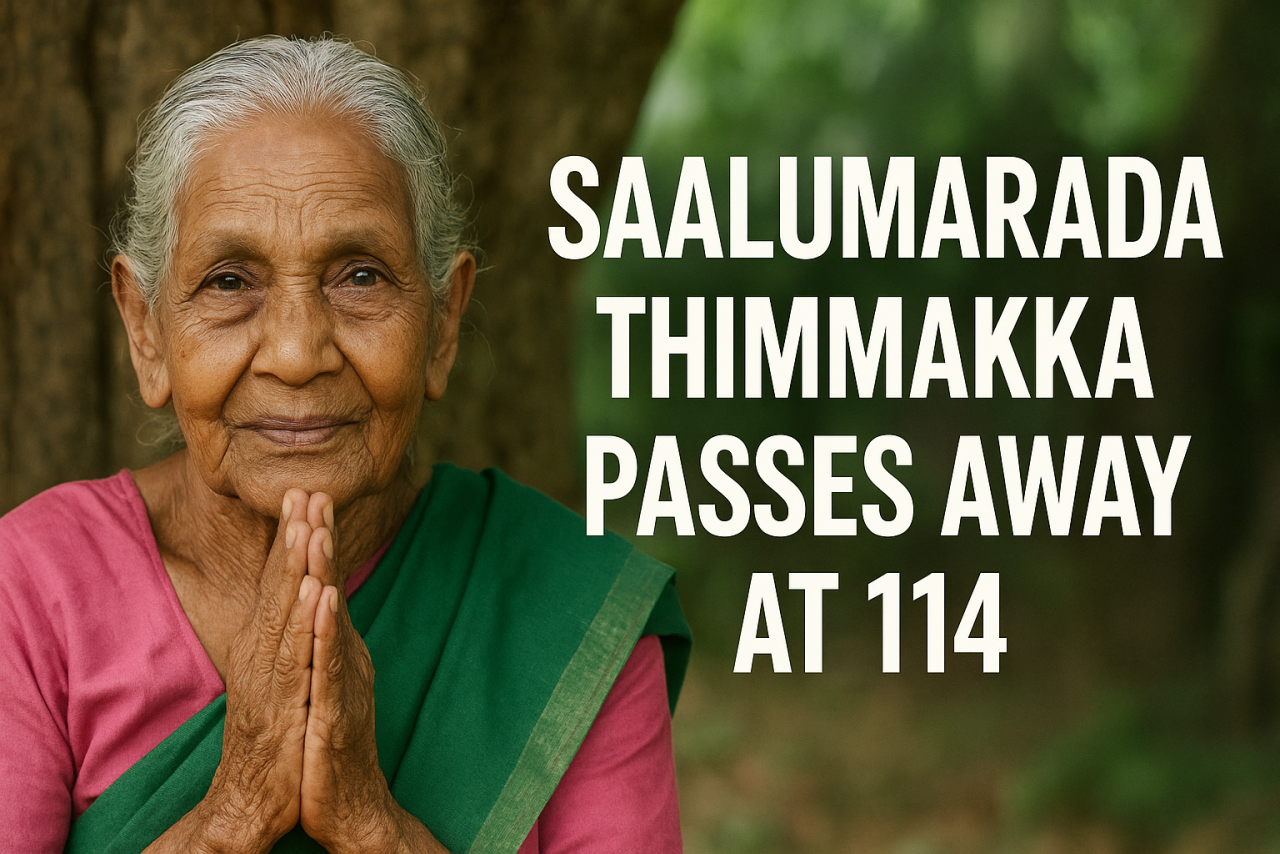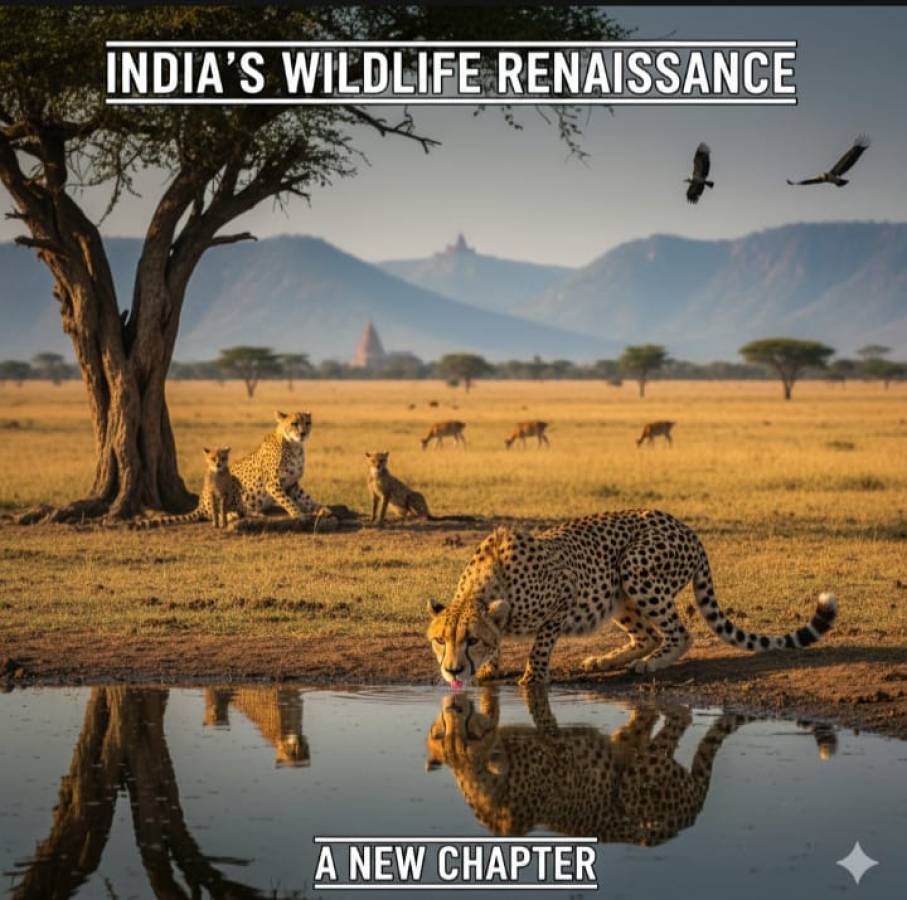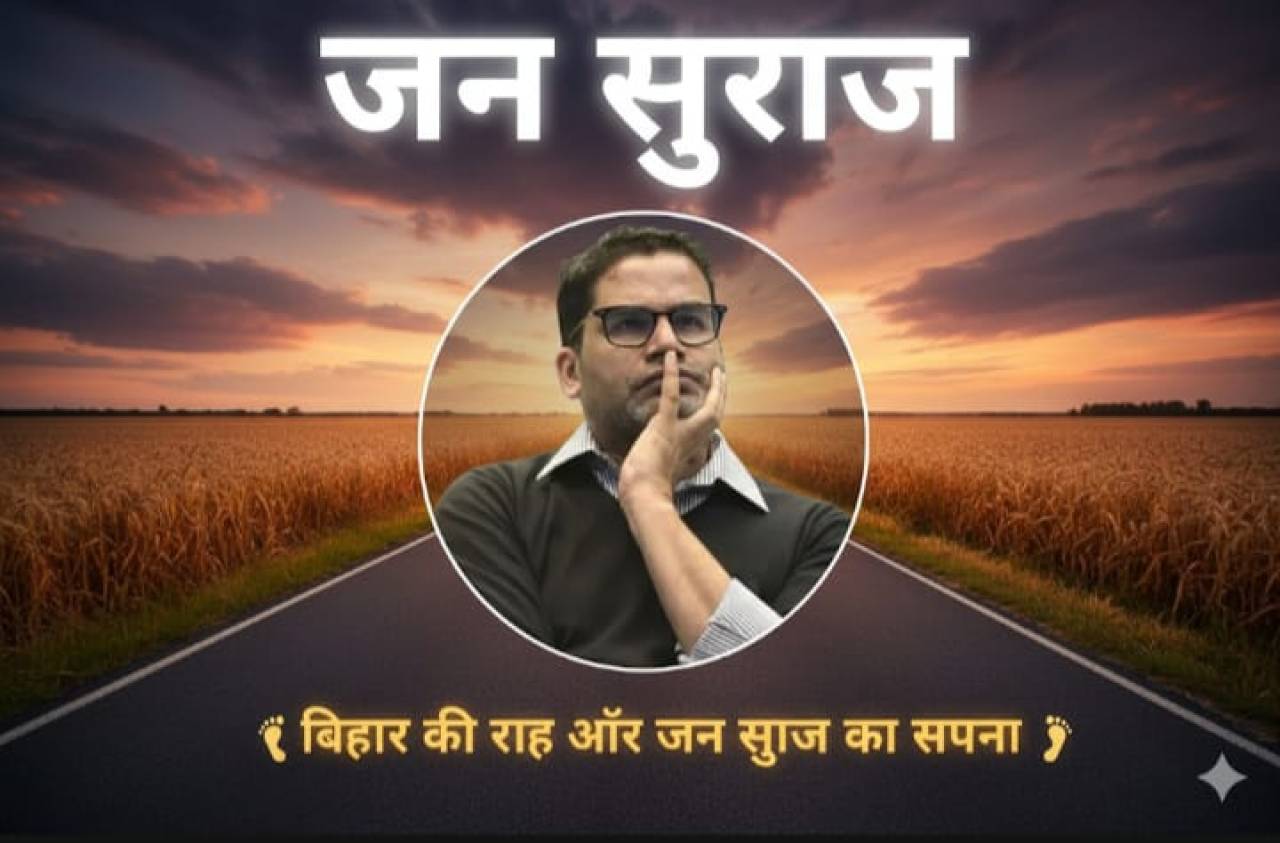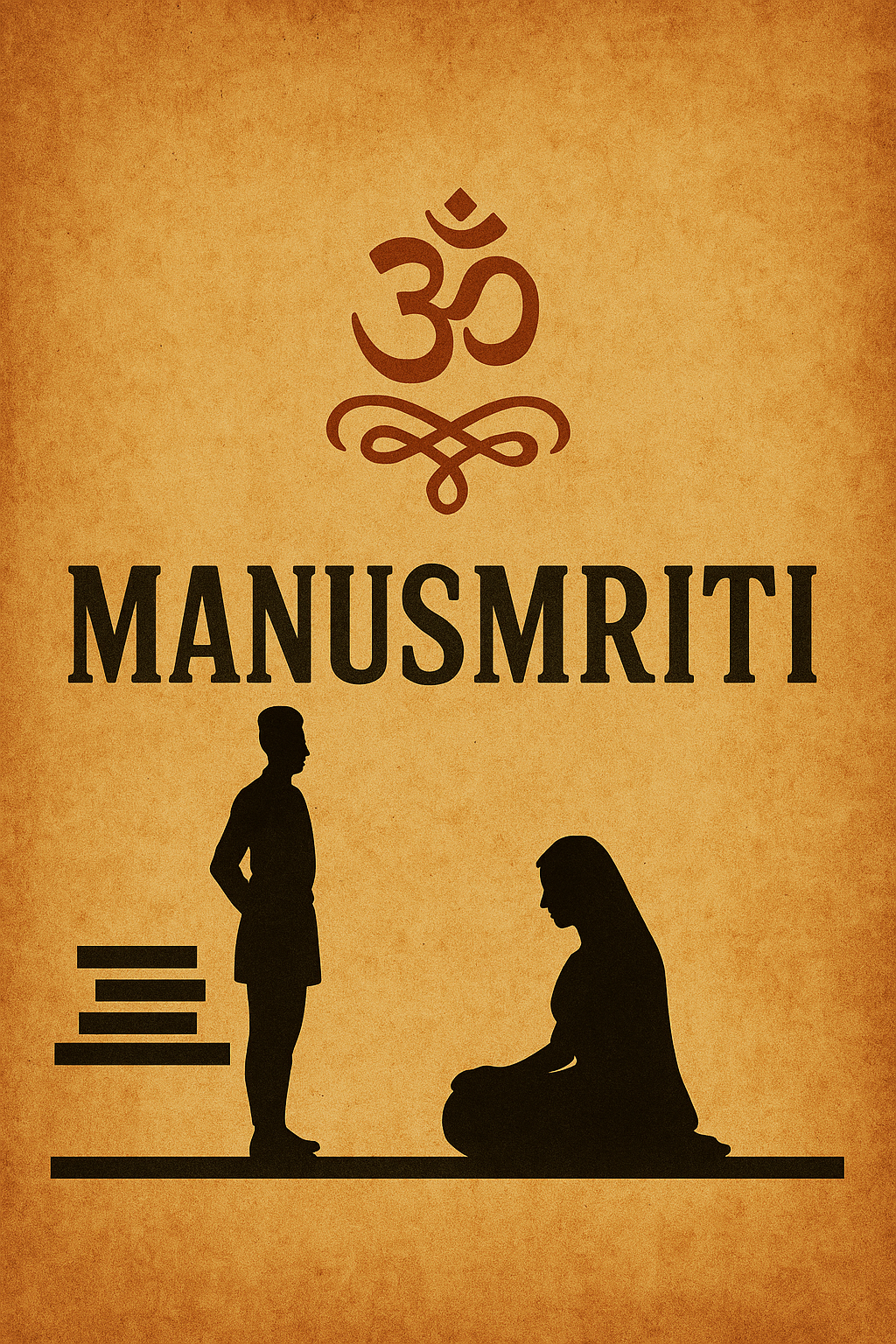
The Manusmriti, also known as the Manava-Dharmashastra, is among the oldest and most influential texts in the corpus of Hindu law and social philosophy. Traditionally attributed to sage Manu, this Sanskrit text outlines a broad set of rules governing daily life, duties, conduct, and punishments based on caste, gender, and age.
Though composed over two thousand years ago, the Manusmriti remains one of the most discussed legal and moral texts in Indian history. It has been quoted by priests, scholars, kings, colonial administrators, and critics across centuries. However, its controversial prescriptions regarding caste hierarchy and the status of women have made it a subject of intense criticism and public debate.
This article presents a critical examination of the Manusmriti, its historical background, core themes, the reactions it has provoked, and its relevance in modern India.
Historical Background and Composition
The Manusmriti is estimated to have been composed between 200 BCE and 200 CE. It is part of a larger tradition of smriti literature, which includes texts like the Yajnavalkya Smriti and Narada Smriti. Unlike the Vedas, which are considered divine revelations, smriti texts are regarded as human compositions that reflect the socio-political order of their time.
The Manusmriti contains more than 2,600 verses spread across 12 chapters. These verses cover a wide range of topics including family life, inheritance, dietary rules, rituals, governance, law enforcement, and penance for sins. According to Indologist Patrick Olivelle, only around 1,200 of these verses are considered part of the original core text. The rest may have been later additions and reflect differing values and regional practices.
The British colonial government used the Manusmriti as a reference to codify Hindu law in the 18th and 19th centuries. This gave the text an outsized influence compared to other Dharmashastras that were equally important in Indian tradition.
Caste and Social Hierarchy
One of the most debated features of the Manusmriti is its strict classification of society into four varnas such as Brahmins, Kshatriyas, Vaishyas, and Shudras — with each group assigned specific duties, rights, and limitations. The text also outlines separate rules for people considered outside this system, including what later came to be known as the Dalits.
The punishments prescribed in the text vary based on caste. A Brahmin might receive a mild fine for theft, while a Shudra could face severe penalties for the same offence. Similarly, verbal abuse against a Brahmin is treated as a grave crime, while insult directed at a lower-caste individual is treated lightly or ignored altogether.
This framework of caste-based justice promoted inequality and discouraged social mobility. Over generations, it provided a religious justification for discrimination and exclusion.
Women in Manusmriti
The Manusmriti presents a contradictory view of women. In some verses, it speaks of honoring and protecting women. For example, it says that where women are respected, gods are pleased. However, the text also insists that a woman must never act independently and must always remain under the guardianship of her father, husband, or son.
The rights of women to inherit property, receive education, or choose their partners were limited. Widows were expected to lead a life of austerity, and child marriage was accepted. These prescriptions severely curtailed the freedom and dignity of women, shaping societal attitudes that persisted for centuries.
In today’s context, these views are seen as outdated and in conflict with constitutional values that guarantee equality and personal freedom.
Rejection and Reform
Throughout Indian history, many reformers have questioned the relevance and authority of the Manusmriti. The most well-known critic of the text was Dr. B. R. Ambedkar. In 1927, during the Mahad Satyagraha in Maharashtra, he led a public burning of the Manusmriti. He argued that the text promoted injustice against Dalits and women and stood in direct opposition to the principles of liberty, equality, and fraternity.
Social reformers like Jyotirao Phule, Periyar, and Savitribai Phule also opposed the ideas in the Manusmriti, calling for a more egalitarian social structure based on reason and compassion rather than ritual and hierarchy.
Today, 25 December is observed by many Dalit and Ambedkarite groups as Manusmriti Dahan Diwas, a day to remember the struggle against caste oppression.
Why Educated Opinions Differ
Among educated Indians, opinions about the Manusmriti vary widely. Some scholars view it as a historical document that must be read in its own time and context. They argue that it reflects the norms of ancient societies and should not be judged by modern standards.
Others, especially from marginalised communities, see it as a dangerous text that has legitimised centuries of inequality and exclusion. Feminist thinkers have pointed out how it contributed to the subjugation of women. Political activists see continued references to Manusmriti in cultural discourse as a challenge to constitutional values.
There is also a group of conservative scholars who defend the text, arguing that it has been misquoted or misunderstood. They suggest that caste in the original Manusmriti was based on qualities and work, not on birth. However, the overwhelming evidence from the text itself, along with historical practice, makes this interpretation difficult to sustain.
Final Take
The Manusmriti occupies a complex place in Indian history. As a source of ancient legal and moral philosophy, it provides insight into how societies once thought about law, duty, and order. At the same time, its rigid prescriptions on caste and gender have caused deep harm and continue to influence attitudes even today.
In a democratic and pluralistic society, it is important to approach such texts critically. Understanding them does not mean endorsing them. Rather, it means learning how ideas shaped social structures and how those structures must evolve with time.
The Manusmriti should be studied as part of India’s intellectual heritage but not as a guide for present-day laws or values. The Indian Constitution, which promises equality and justice for all, must remain the supreme law of the land.











